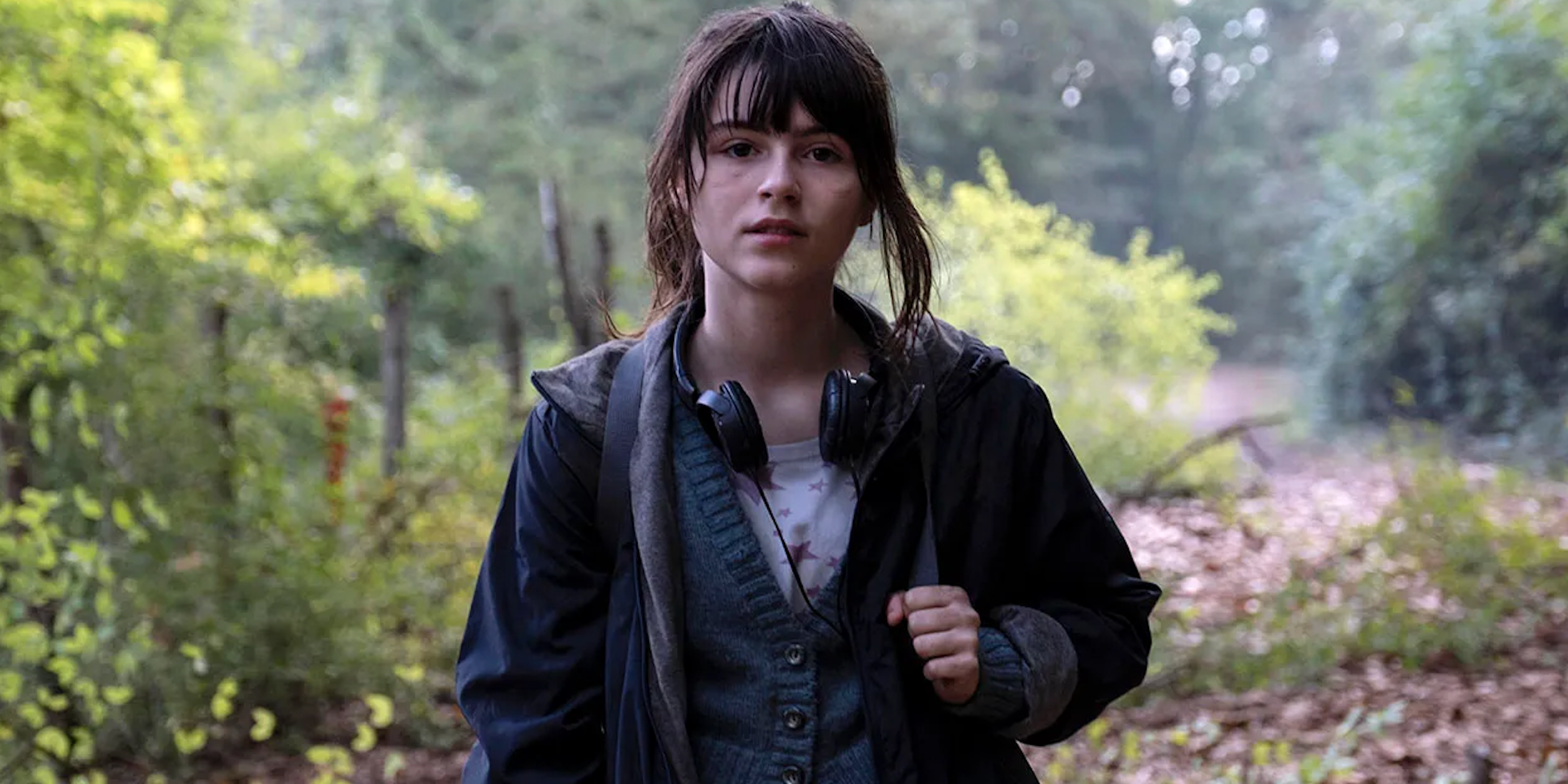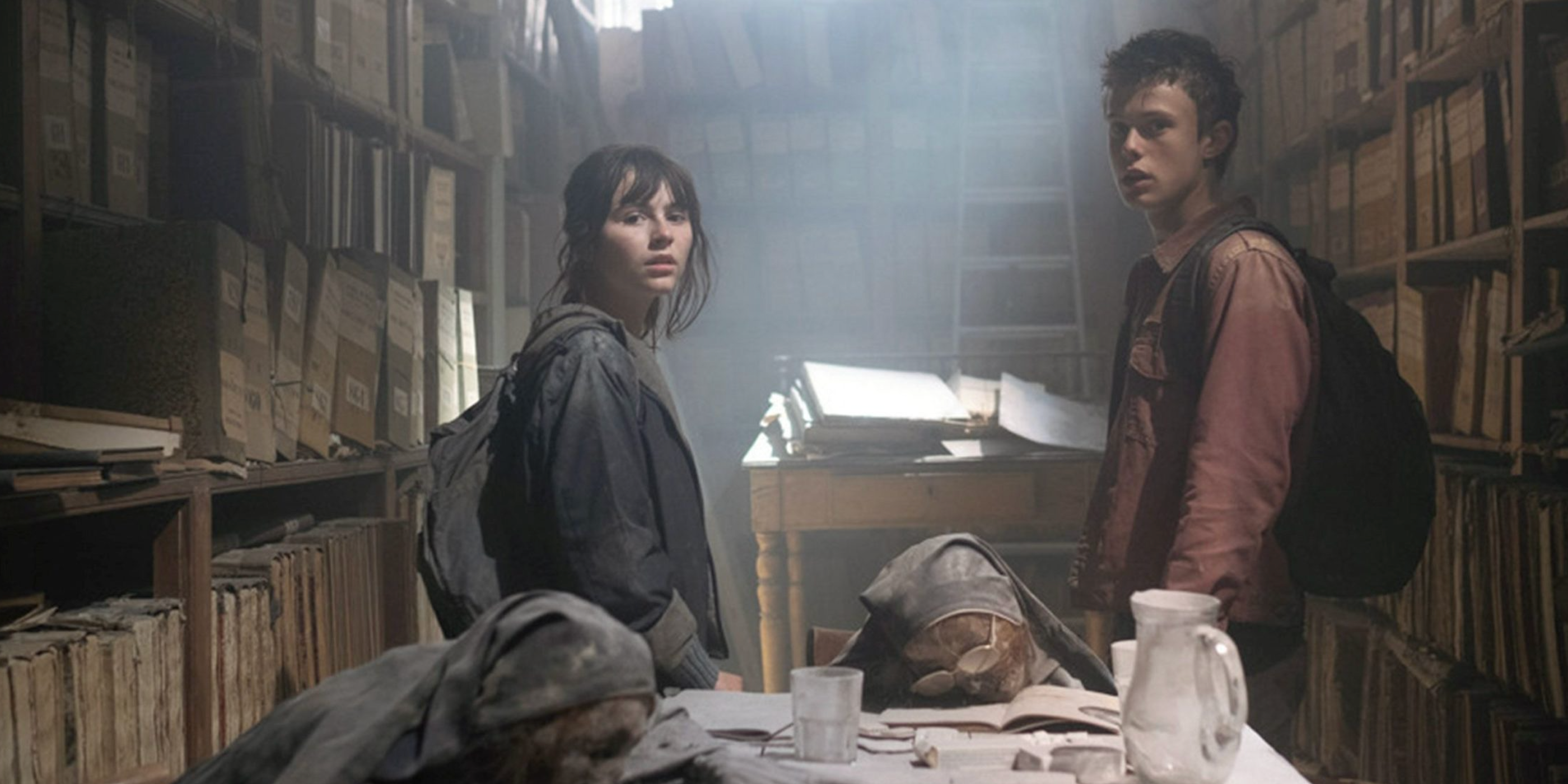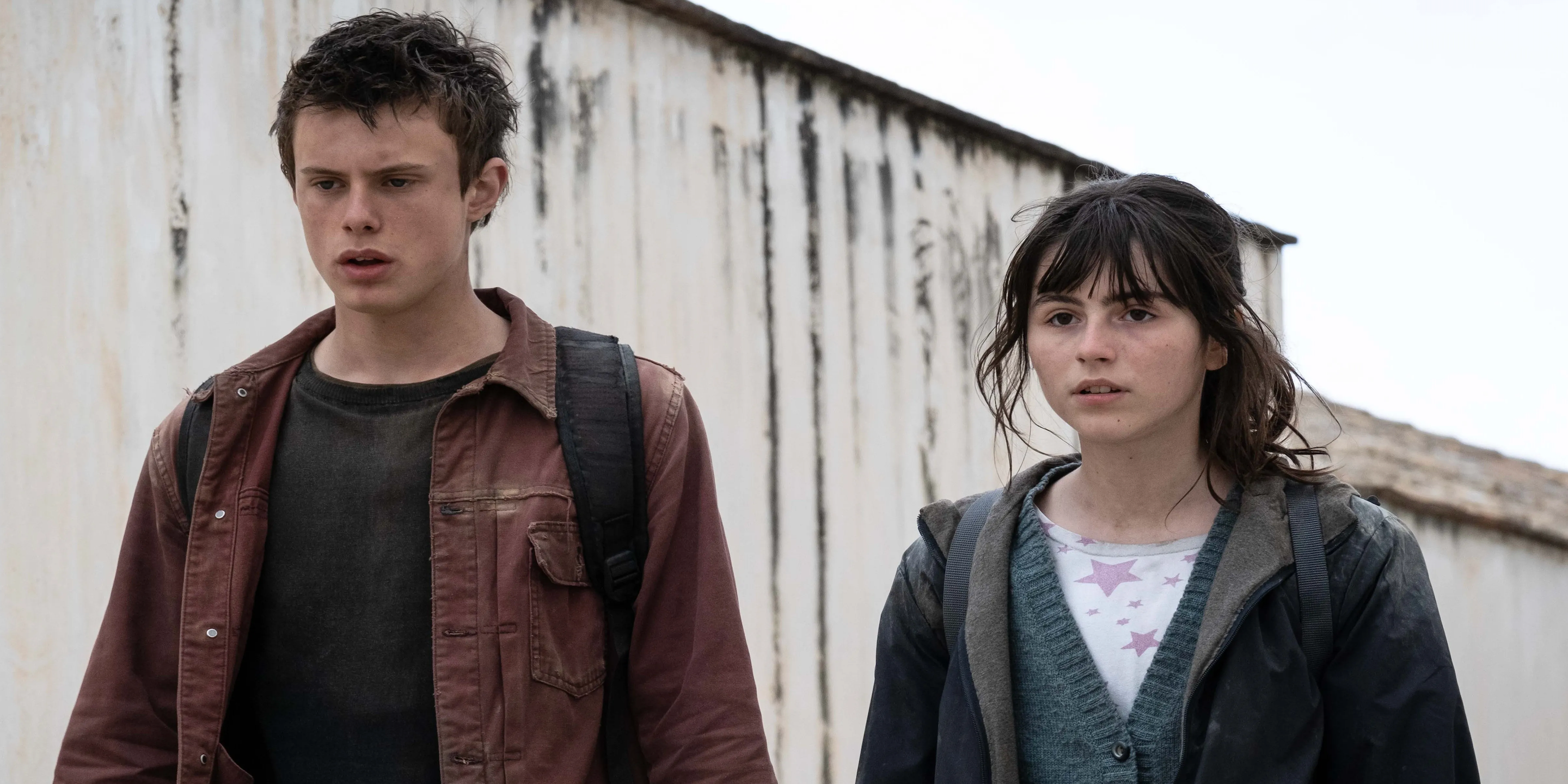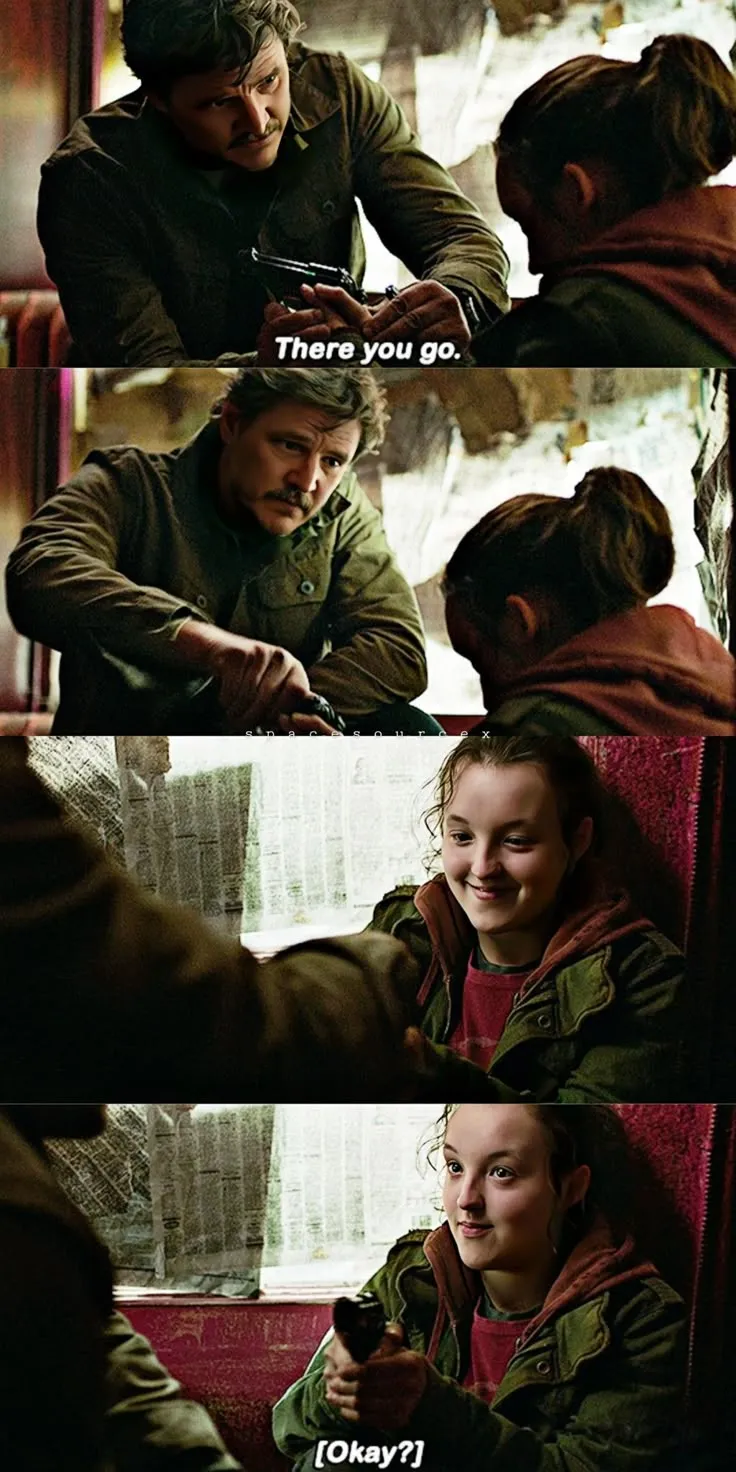
'Anna' Wastes No Time in Showing the Savagery of Survivors in the Apocalypse

There is something so horrifying about children losing all sense of morality, and Anna uses religion and school to portray this in a thoroughly effective way. When Anna ventures out into the world, away from the woods that keep her and Astor hidden, we feel the same expansive eeriness that we have seen in previous pieces such as 28 Days Later, with entire city blocks falling into squalor. However, while at first it seems like the kids are working together, with Anna helping two younger kids retrieve a pack of pancetta, we are quickly introduced to the brutality of the world when she and a boy named Pietro (Giovanni Mavilla) take both the meat and two drinks from these kids, before the storming of feet presents the true chaos of the world.
'Anna' Forces Children To Deal With Death and the Unknown

The opening scene shows Anna telling Astor a half-truth to stop him leaving their sanctuary in the woods. She says that there are "gigantic birds" who will kill him, and he will suffocate from the air outside. Neither of these are true, but they come from a place of care and frame the entire apocalyptic show as a bedtime story to tell the people we care about in order to teach them about true morals. However, it also shows the tragedy of Anna's position. At roughly 13 years old, she is expected to take care of this boy, and one of the only ways she can do that is by telling him stories rather than rationally explaining what's happening. Astor jokes that he cannot wait for Anna to die, so the "magic" that allows her to go outside passes to him. While it is a joke, it's still something he says that he doesn't truly understand yet.
At one point in the series, we are introduced to twins, Paolo (Dario Di Vita) and Mario (Danilo Di Vita), and one of them begins to suffer symptoms of Red Fever. His brother argues the "worst part" of the virus is losing appetite. The fact that the infected twin corrects him that the worst part is dying shows the lack of understanding these children have around death, something they can only know once experiencing it themselves, rather than being slowly introduced to the idea as they grow up. The twins' love for each other — while not being able to truly express it through words — emphasizes how little they truly recognize what is occurring around them.
Overall, there are few shows that will make you feel as immersed in a post-apocalyptic world as Anna will. With its portrayal of children becoming animalistic, it focuses on what the world has lost with this virus killing adults and just how tragic the downfall of humankind would be. Furthermore, in the simplicity of many of the children's conversations around serious topics such as death, we see how woefully unprepared they are for such a dystopia.

-1752201304-q80.webp)

